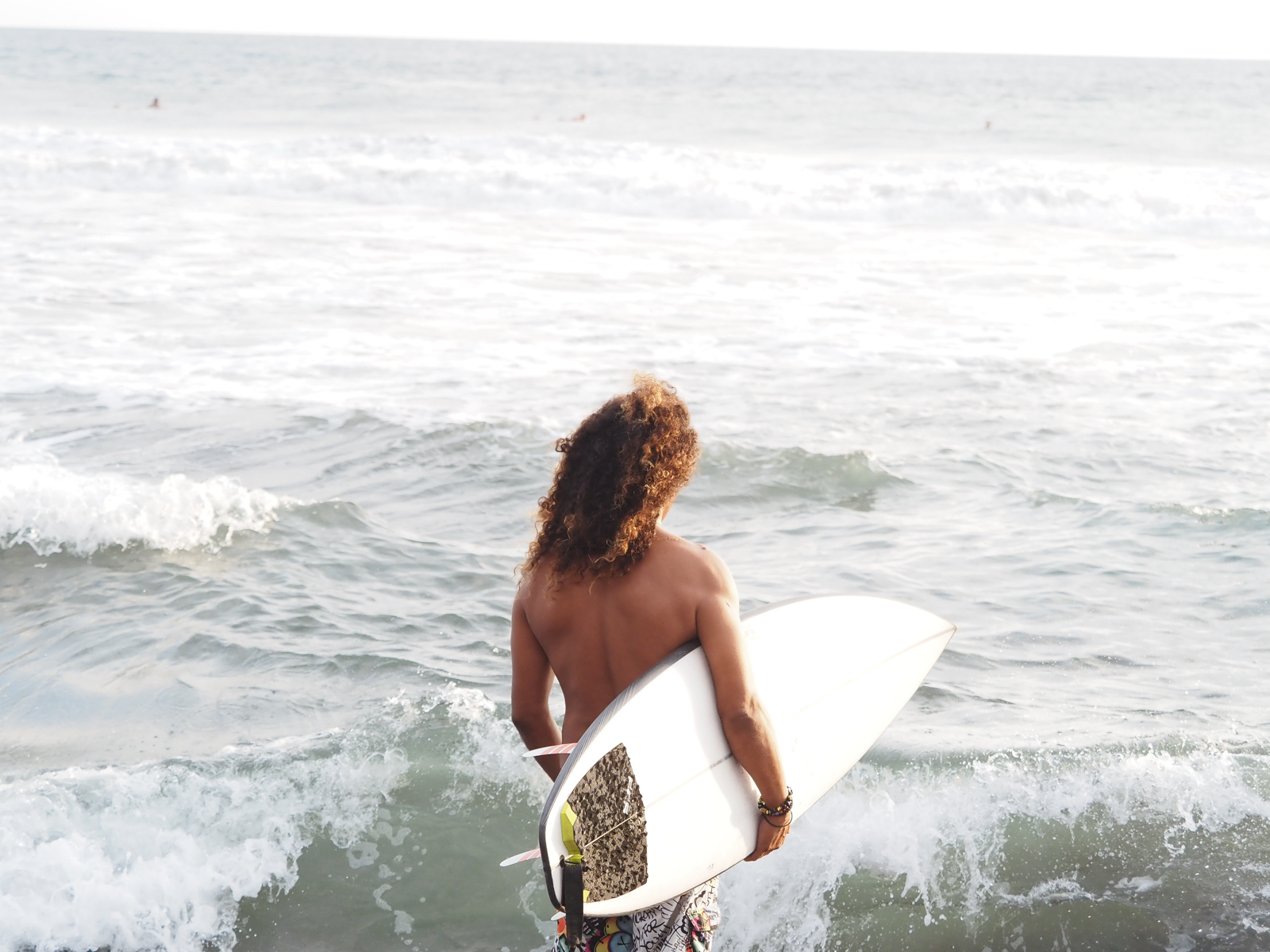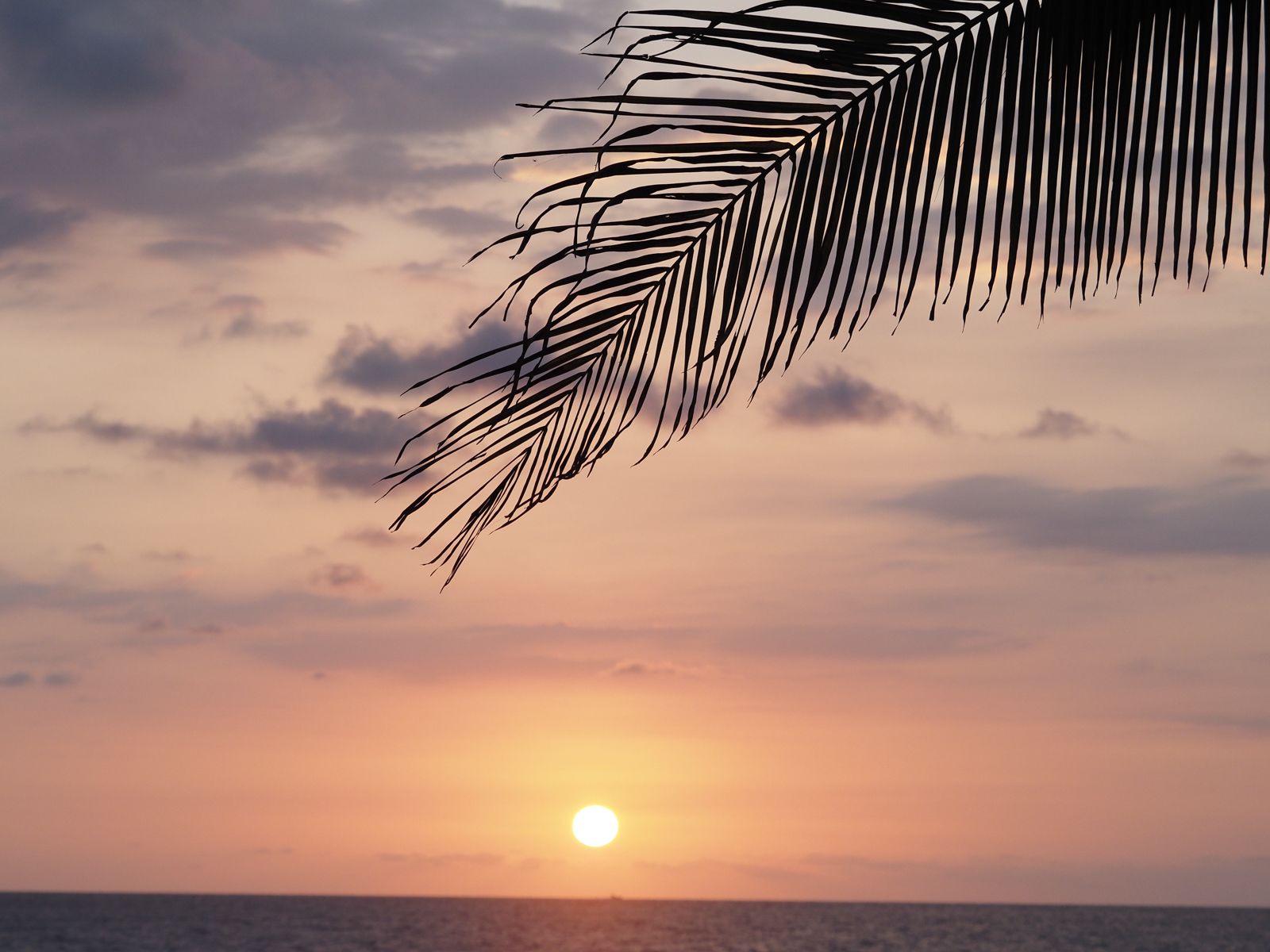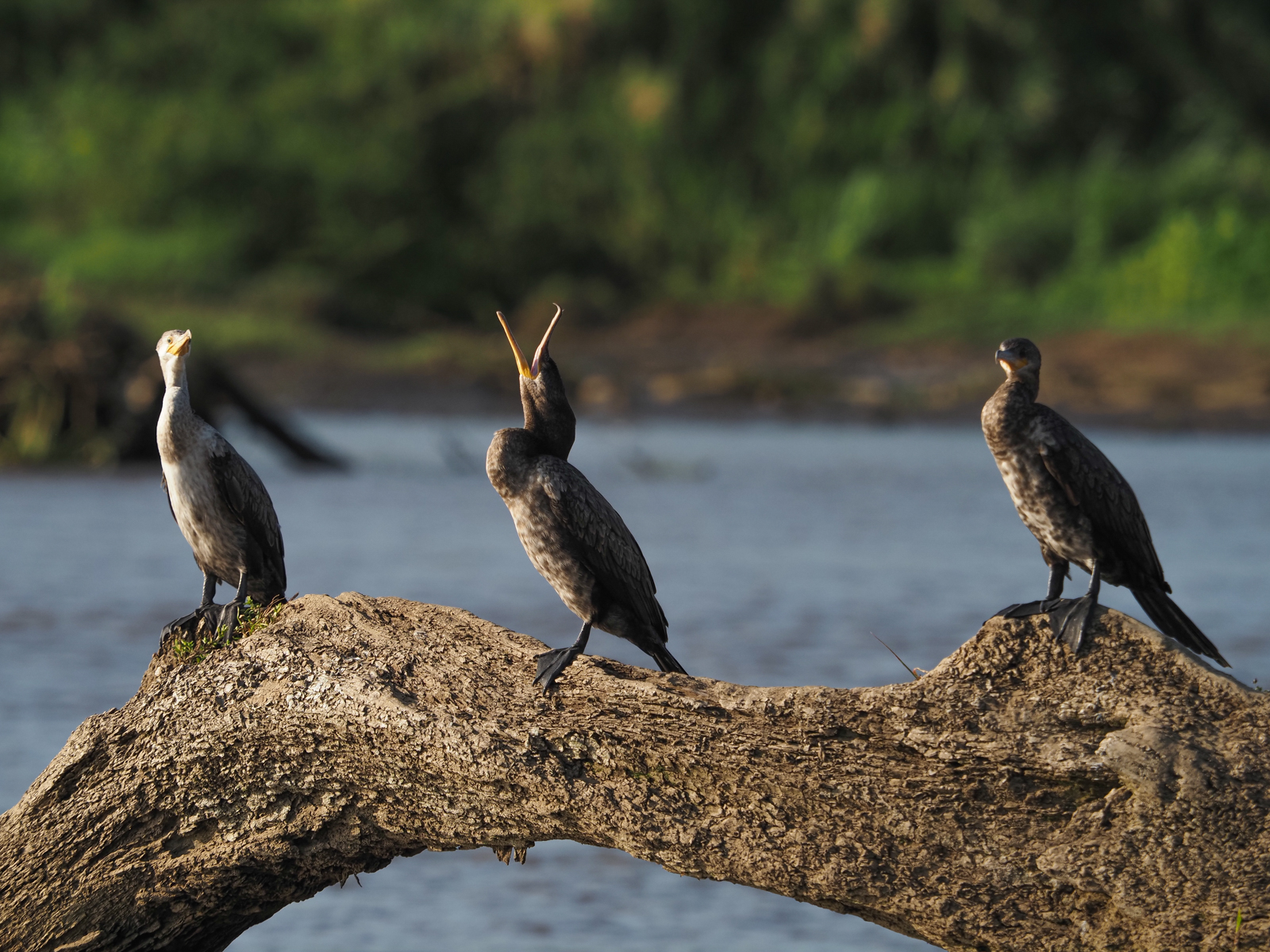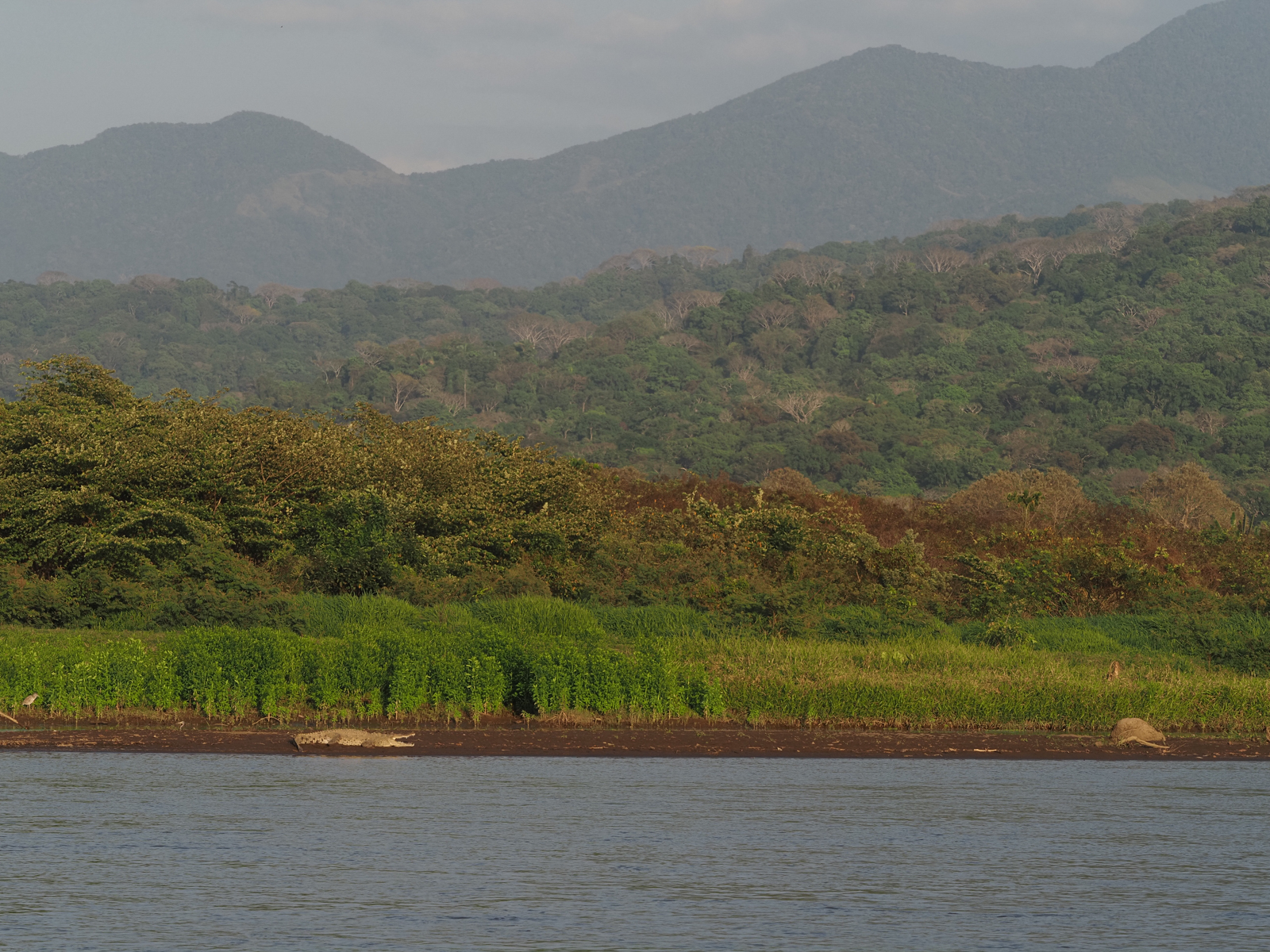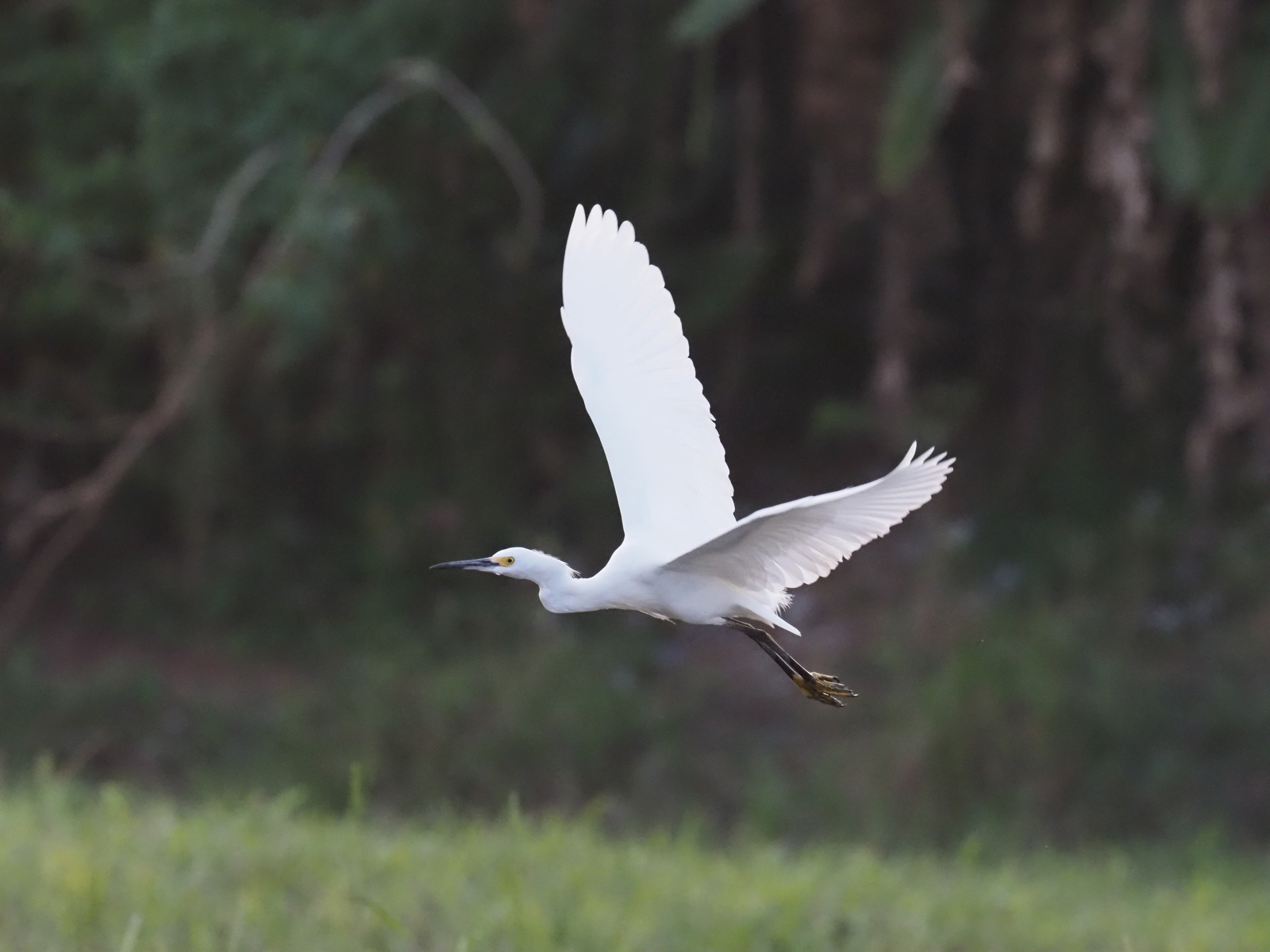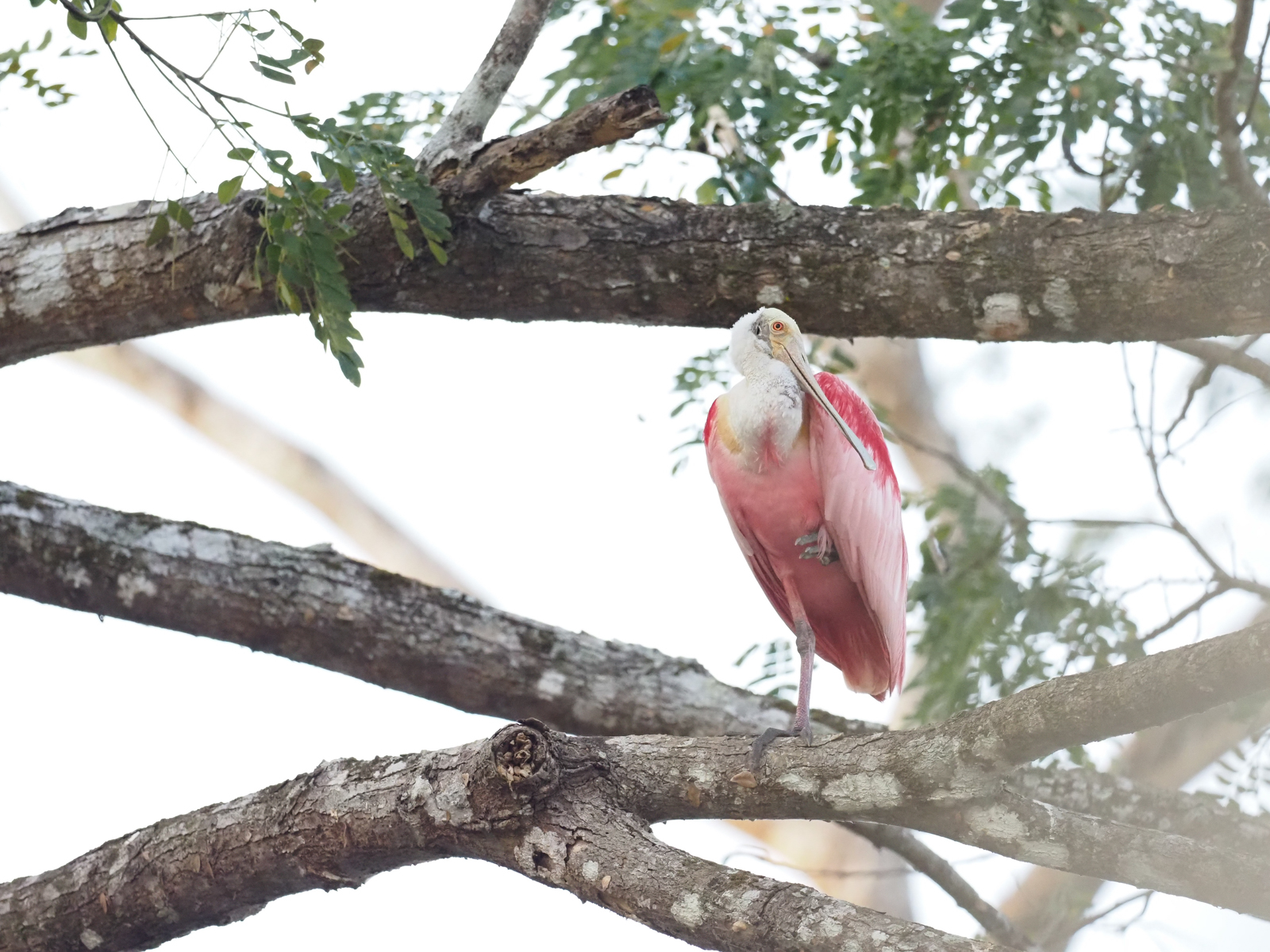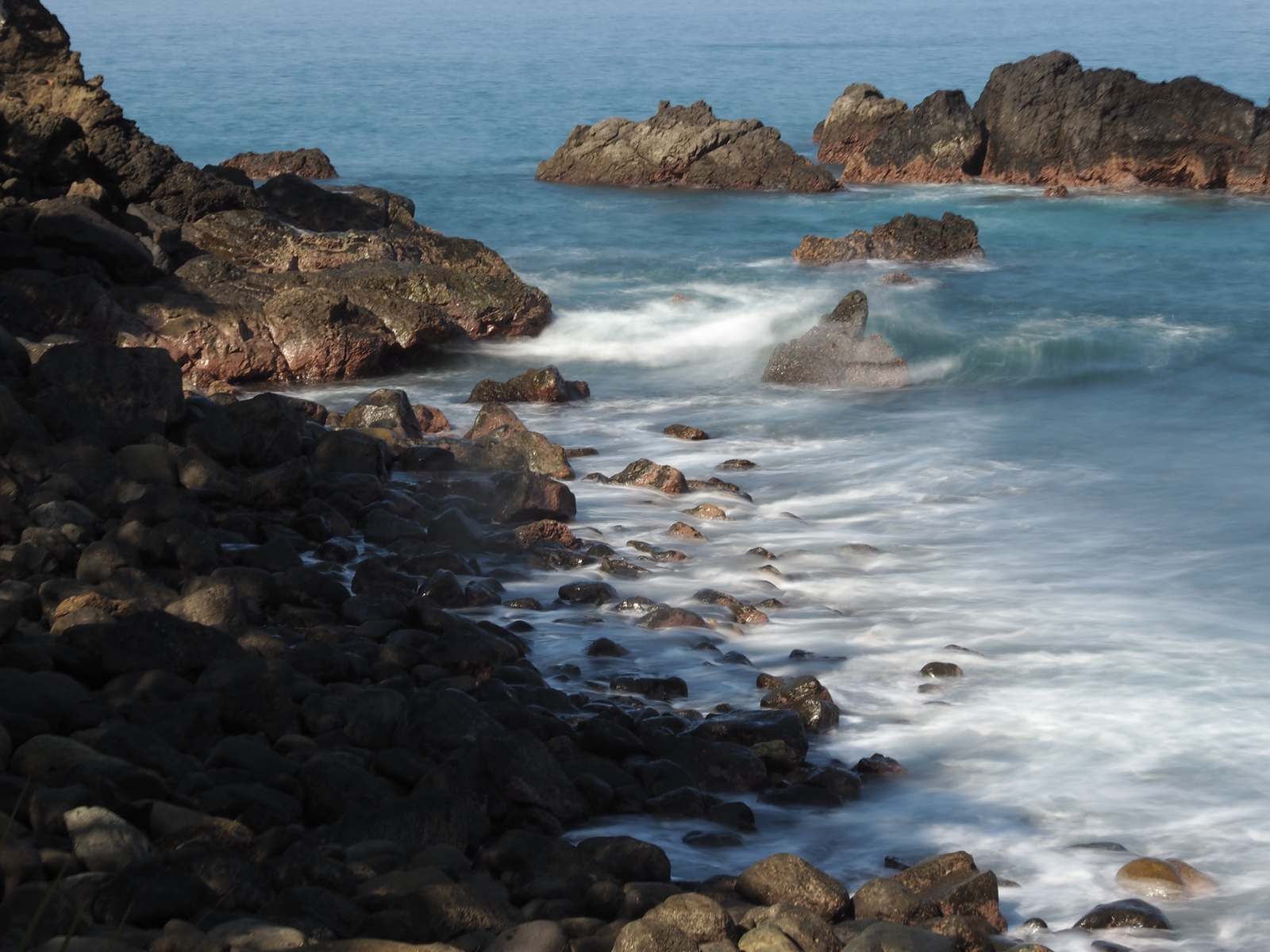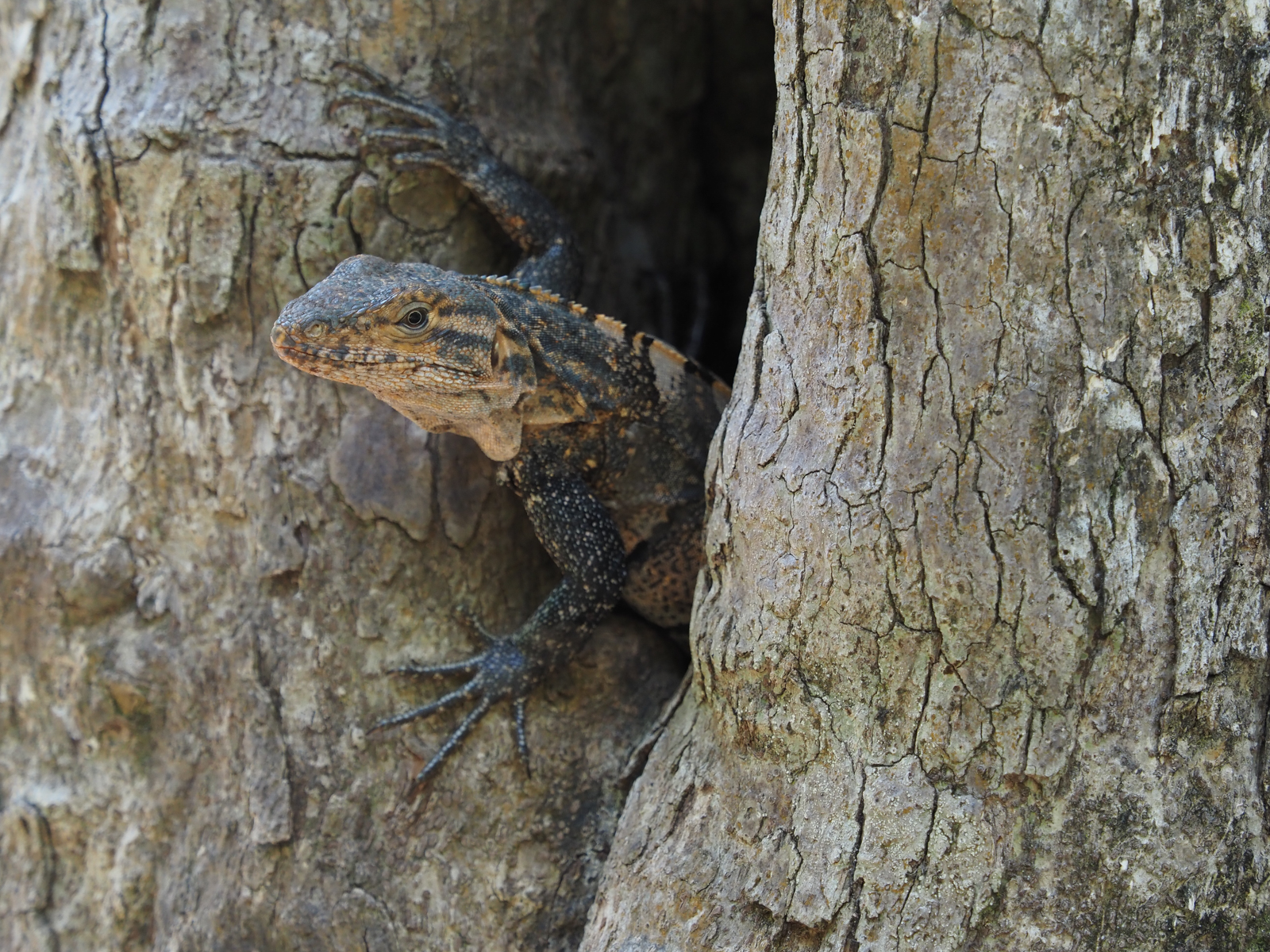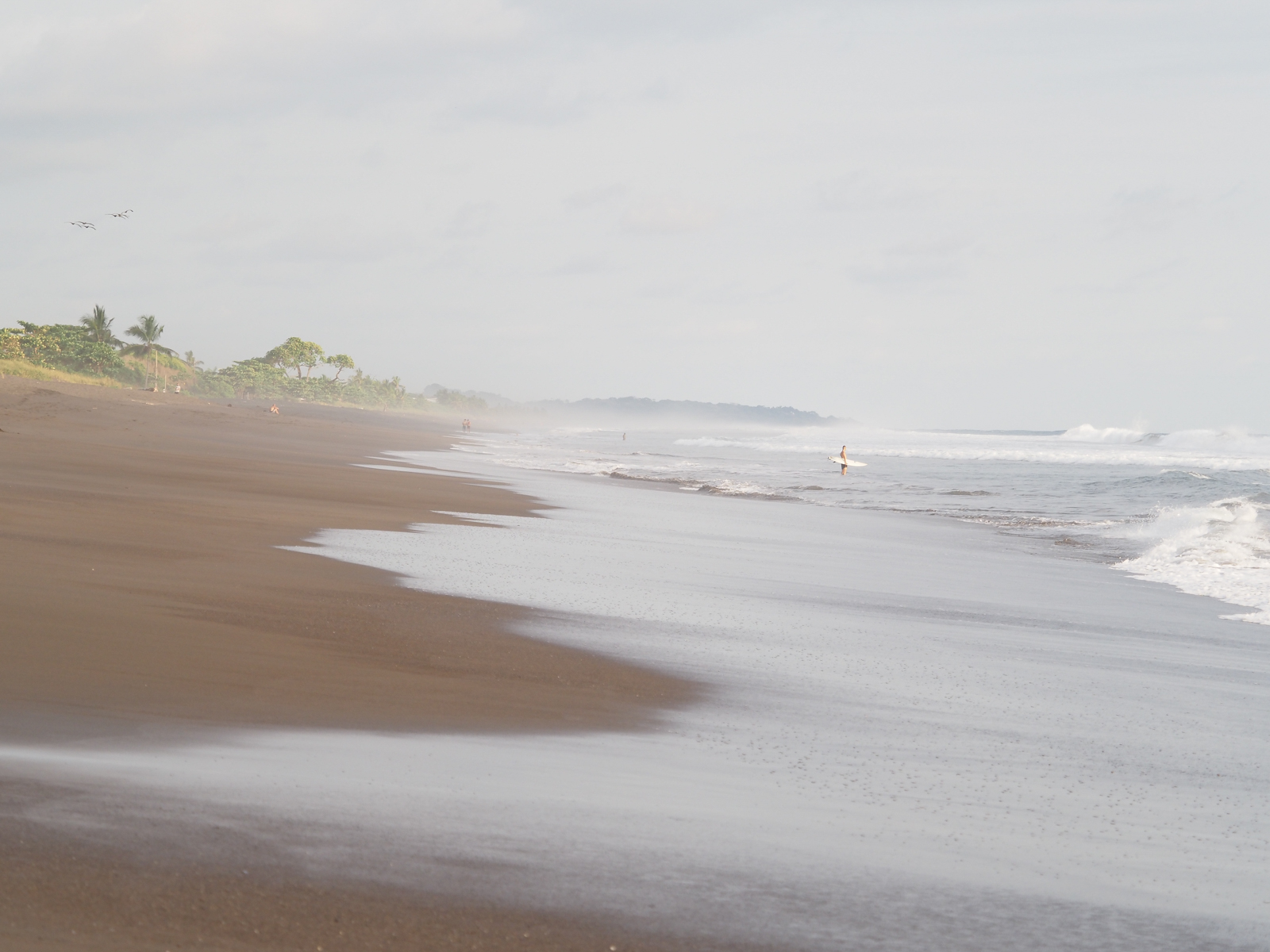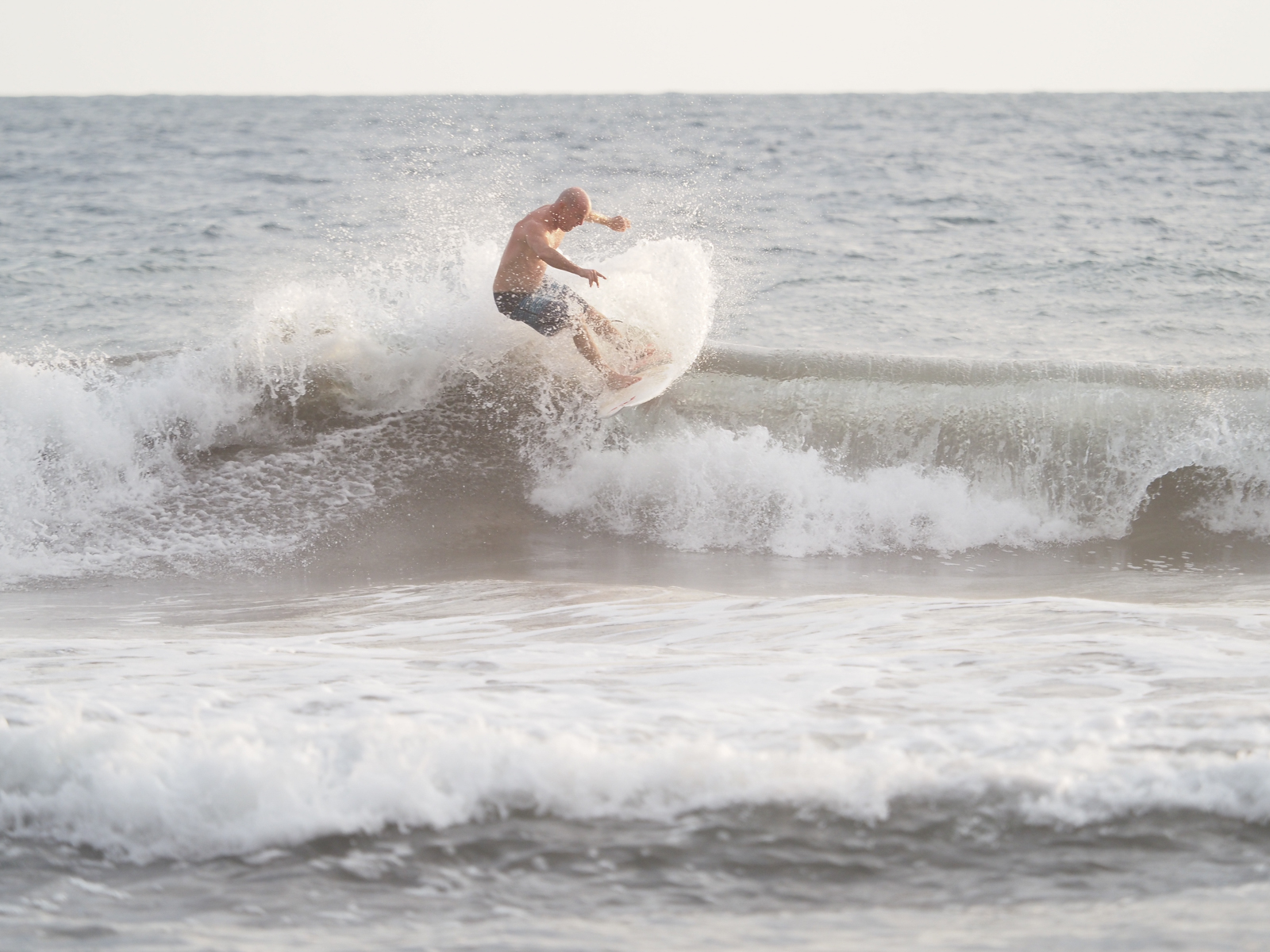
- Excellent stabilization
- Starry sky autofocus
- Quick performance
- Handheld high-res mode
- Weather-sealed
- EVF could be better
- Metering was a bit unpredictable
- Same sensor as Mark II
Some photographers are pixel peepers. They reach for the biggest, highest-resolution sensors and seek out only the sharpest optics in an apparent quest to perfectly reproduce a test chart. The $1,800 Olympus OMD E-M1 Mark III will not satisfy these photographers; in fact, it ignores them entirely.
This is the camera for everyone else, especially those who care more about having a compact, adventure-ready system; photographers that want lenses that are long in zoom but short on size; and photographers looking for a camera that makes even the most difficult shots fun to take.
Olympus is sitting out the full-frame race, sticking with the smaller Micro Four Thirds format it pioneered and focusing on usability with features no other brand offers. For the most part, it’s working.
This includes all-new features like Starry Sky AF, an autofocus mode specifically for focusing on the stars (the ones in the sky; this isn’t paparazzi mode). That joins a 7.5-stop stabilization system and built-in neutral density (ND) filters that allow you to leave the tripod and screw-on filters at home (most of the time, anyways).
We spent four days testing the E-M1 Mark III’s limits in the beaches and jungles of Costa Rica, then a few weeks continuing to put the camera through the paces in a Northeast winter. And while the E-M1 Mark III isn’t the outright best camera you can buy for $1,800, it is the best interchangeable lens camera for travel.
Design and build quality
The E-M1 Mark III is designed to offer similar features to the E-M1X, but in a smaller form without the built-in battery grip. With the 12-45mm f/4 PRO, it’s the smallest weather-sealed combo Olympus offers. I was able to tuck the camera, four lenses, two teleconverters — enough for a 600mm-equivalent reach — and an iPad into a backpack. I even had enough room left over to put my tripod inside the pack instead of strapping it to the exterior, a difference that allowed me to pack everything for a four-day international photo trip into carry-on luggage.

Despite the smaller size and weight — roughly 20.5 ounces — the E-M1 Mark III’s grip is comfortable and there’s still quite a bit of real estate for physical controls, including dual control dials and an autofocus joystick. Olympus still managed to fit dual SD card slots as well, though only slot one is UHS-II compatible.
The control layout is solid, though not quite perfect. I love the programmable mode switch, which can be used to quickly swap back and forth between two sets of camera settings. Although it can do much more, I used it to quickly change from single to continuous autofocus while photographing wildlife.
A joystick, dual control wheels, and an ISO button near the thumb offer easy adjustments for the focal point and exposure settings. Shortcut buttons for focus modes, metering, burst, timer, and flash are housed on the top left.

On the less positive side, the record button and exposure compensation are right next to each other on the top of the camera near the shutter release. With the identical size and shape, I accidentally started recording video several times when what I wanted was to adjust the exposure. These two controls would require a bit more time with the camera to comfortably use without pulling the viewfinder away from my eye.
For more controls, a quick menu houses less commonly-accessed options. The full menu is familiar to anyone that’s shot Olympus before, but takes some hunting to find some options for the less-acquainted.
The E-M1 III uses a 3-inch, 1.037-million-dot touchscreen that tilts to the side of the camera, allowing you to rotate the screen into selfie orientation without being blocked by a tripod.
Like the E-M1X, though, I wasn’t impressed with the electronic viewfinder. The refresh rate was solid, but images had less contrast than the LCD screen. With 2.36 million dots, there are several EVFs on the market that offer more resolution.
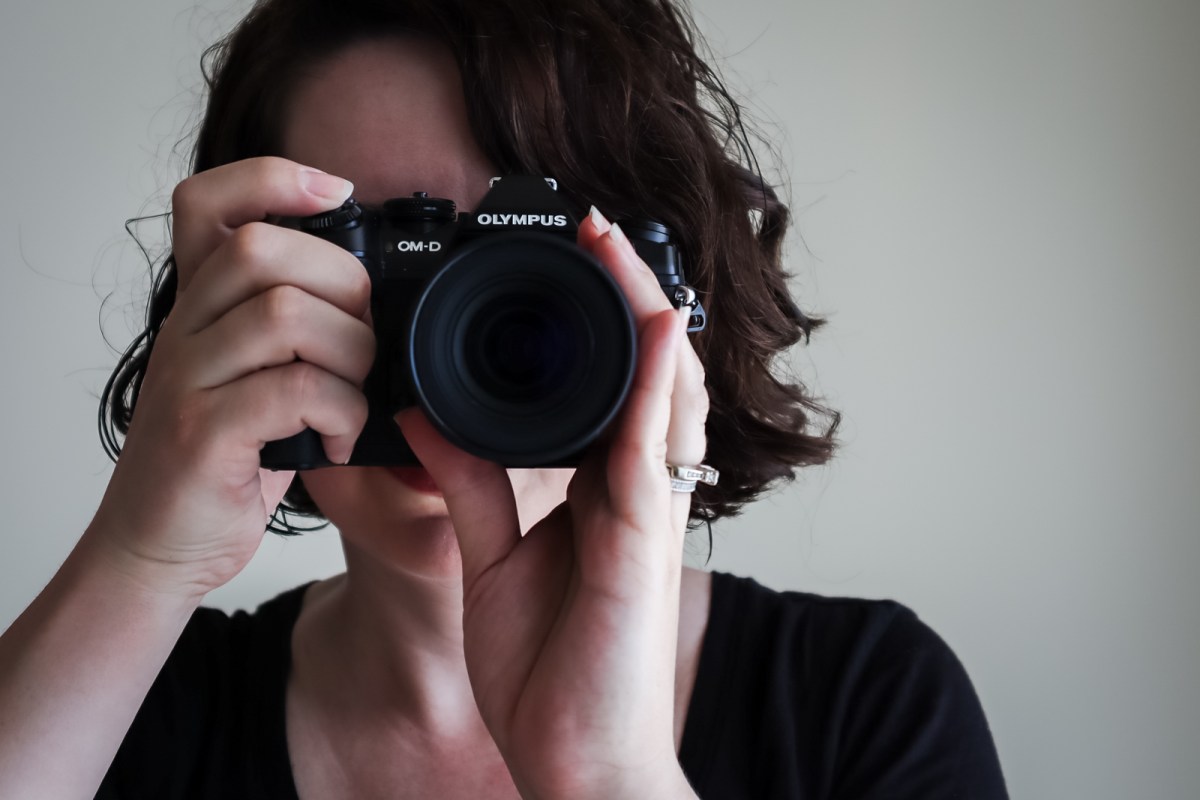
The magnesium alloy body is sealed against dust and splashes and feels solid in the hands, which will come as no surprise to anyone who has used a high-end Olympus camera before. It even survived my accidental durability test when the tide came in a little faster than expected while the camera was on the beach. Despite being more of a partial submersion than a simple splash, both the E-M1 and the new 12-45mm kit lens were no worse for wear. A small amount of beach sand got just inside the battery door, but if the camera can survive getting smacked by an ocean wave, it should survive the advertised splash and dust without a hitch.
The E-M1 Mark III doesn’t have the dual batteries of the E-M1X, but battery life is solid for a mirrorless camera. I didn’t need to swap the battery until the end of the day, roughly 800 shots later. (My penchant for burst mode usually allows me to get more than the advertised battery life ranking — the CIPA rating is 420 shots, or 900 in Quick Sleep mode).
Features and performance

Compared to larger cameras, shooting with the E-M1 Mark III is liberating. While most mirrorless cameras are easy to travel with, in most cases, the E-M1 can leave both the tripod and the ND filters behind. With a 7-stop stabilization system (7.5 with the M.Zuiko Digital ED 12-100mm f/4.0 PRO lens) and the built-in NDs, I shot several long exposures of ocean waves during the day without taking my tripod out of the backpack.
Olympus has the best stabilization system of any manufacturer, and says most people can shoot 6-second wide-angle exposures without a tripod. That’s impressive. But with a steady grip, it’s possible to eke out even more. While I love long exposures, I hate hauling my tripod everywhere, and I found myself shooting long exposures much more often thanks to being able to do them handheld.
For being a new feature that’s unheard of from other brands, Starry Sky AF worked surprisingly well.
Handheld long exposures aren’t new to the E-M1 Mark III, but taking a handheld photo of the night sky without a tripod — or manual focus — definitely is. The camera’s new Starry Sky AF mode doesn’t use contrast detection, phase detection, or even a hybrid of the two systems. Instead, it uses luminance, looking for the points of light made by stars against a black sky.
The system has two modes: Speed priority for shooting handheld, and accuracy priority when working on a tripod. The mode is also set up to use back-button focusing instead of focusing with a half-press of the shutter button, making it easy to keep the focus locked as you reframe the shot.
Photographing stars is one of the more challenging types of photography because it typically requires a tripod and finding the sweet spot on the manual focus ring, which can take several test shots before getting it just right. The E-M1 III’s combination of stabilization and Starry Sky AF simplifies shooting the stars, making it easier for advanced photographers and approachable for beginners. I would still prefer a tripod for the best results, but the fact that one isn’t required is very impressive.

For being a new feature that’s unheard of from other brands, Starry Sky AF worked surprisingly well. While not as quick as the camera’s usual autofocus, it certainly beats manual focus. And since the system is based on luminance, it also works with other types of light sources surrounded by dark, like night cityscapes, for example.
While the Starry Sky AF is the star of the show, the E-M1 Mark III’s 121-point on-chip phase-detection autofocus system — a system almost identical to the E-M1X — performs well. The focusing speed isn’t record-breaking, but it kept up with everything from surfers to birds in flight. Low light autofocus is also respectable, though not best-in-class, with sensitivity down to -3.5 EV.
The eye AF is on par with other mirrorless systems from competitors.
Face and eye AF also worked well, detecting and locking on to the eyes quickly. While probably not fast enough for sports, the eye AF is on par with other mirrorless systems from competitors. Some systems, like the Nikon Z 6 and Z 7, require using auto-area AF for the eye AF to work. The E-M1 Mark III can use eye AF in the group AF mode, which means less switching back and forth between focus modes as your subjects change. Eye AF for animals, a feature becoming more common on other brands, is also missing.

Tracking autofocus worked about as well as any camera that I’ve shot with — which means sometimes it works, and sometimes it’s junk. I managed to grab a few sharp shots with it, but I had better results using the group area mode and plain continuous autofocus. I don’t really count this as a negative, however, because I haven’t really met a camera with tracking autofocus good enough for fast action (newer Sony models, like the A6600, might be an exception).
The E-M1 Mark III also didn’t inherit the E-M1X’s motorsports focus mode (which does actually work quite well for tracking). The niche feature needs two processors to work, so remains exclusive to the high-end flagship model. The E-M1’s single processor, upgraded to the TruPic IX, still manages to get most of the same performance otherwise, however.
The E-M1 III is also plenty fast enough for most photographers. It can shoot at 10 frames per second with the mechanical, or 18 using the silent electronic shutter. If you don’t need continuous autofocus, you can bump that speed up to 15 or 60 fps, respectively. The image buffer caps out around 76 RAW shots when shooting at 18 fps, but we found this to be plenty for shooting everything from birds to surfers.
The TruPic IX processor also enables a new handheld high-res mode, which uses the image stabilization system and the tiny movements of your hands to stitch together 16 photos into a 50-megapixel file. The mode is only good with perfectly still subjects, but offers the option of getting more resolution when the 20.4 megapixels from the sensor isn’t enough.
Image quality
The E-M1 Mark III houses the same sensor as the Mark II, with the same 20MP resolution. Given the small sensor size, at some point, increasing the resolution brings diminishing returns, so 20MP is fine. Still, there’s no way to get around the fact that this sensor, now many years old, has limitations compared to larger, more modern sensors. The E-M1 Mark III is still good enough for most photographers, but don’t expect a jump in image quality over older models.
But that smaller sensor does have advantages. One of the biggest perks that the 2X crop factor makes getting a longer focal length easier. 600mm of equivalent reach, a back-breaking focal length on full-frame, can be easily carried with you.
The excellent image stabilization is also a big help with those long lenses. Even at relatively slow shutter speeds, details remained sharp when shooting handheld at 600mm.
And while the sensor is unchanged, a new detail priority mode processes high ISO images twice, slowing the camera but increasing the level of detail. In the speed priority processing, noise creeps in around ISO 800 and details and sharpness tend to go downhill by ISO 3,200. Fortunately, for non-moving subjects anyway, the excellent stabilization can help you keep the ISO low.

The camera’s metering system felt less predictable than most, even in spot metering mode, and I was regularly on the exposure compensation dial to get the shot right in aperture priority and shutter priority mode.

When you need the extra resolution, high res handheld mode can be a big help. The above photo was shot in this mode, and even cropped in post. The subject does need to remain still, and the camera takes a few extra seconds to stitch everything together, but it offers a boast in detail for some subjects.
Video follows a similar pattern, with good color and excellent stabilization. Recording steady wide-angle shots without a tripod was simple, with only minor movement in the video. Detail is excellent, thanks to the cinema 4K resolution.
Price and availability
The Olympus OM-D E-M1 Mark III is $1,800 and was released on February 24.
Our Take
The Olympus OM-D E-M1 Mark III is a small camera, sure, but it’s also a camera that can perform in a way that other cameras can’t. Features like Starry Sky AF and handheld high res mode are unique advantages. Because you can pack a weather-sealed camera and smaller lenses, leave the tripod and ND filters at home, and still get solid images, the E-M1 Mark III is an ideal camera for travel.

But it’s not perfect. The viewfinder resolution is a couple of generations out of date, the metering system feels inconsistent, and many other basic systems, like the 121-point autofocus and 20MP Four Thirds sensor, are carried over from the Mark II.
Is there a better alternative?
$1,800 will get you a lot of camera, including the recently-announced Fujifilm X-T4, which has a larger APS-C sensor but similar body size to the E-M1. Even the full-frame Sony A7 III, which is the better choice for photographers more concerned with top image quality than getting big zoom and heaps of stabilization.
But, no competing camera has 7-stops of image stabilization (the Fuji comes close, with 6.5, but only with select lenses). Nor can any other camera autofocus on the stars or shoot astrophotography without a tripod. And no other format can pack 600mm of reach into a 300mm lens.
So, whether there’s a “better” camera depends on your definition of better. Is there a camera with better image quality for the price? Absolutley. But is there a better alternative for travel photography? Probably not.
How long will it last?
The weather-sealing makes the E-M1 Mark III a resilient machine. The updated shutter is one of Olympus’ best yet, rated for 400,000 actuations. My review unit survived being partially submerged in ocean water. Barring any more extreme disasters, the camera should last many years, and even beyond whenever Olympus decides to make the Mark IV.
Should you buy it?
Yes, if you want a great interchangeable lens camera for travel, or obsess over long exposures but hate carrying around a tripod. The image stabilization, built-in NDs, and Starry Sky AF are all great.
The smaller sensor is less ideal for genres like portraits, weddings, and fashion, where you can spend a similar amount of cash on a full-frame body, and where the E-M1 III’s advanced features simply won’t come into play.
Editors' Recommendations
- Olympus E-M1 Mark III vs. Olympus E-M1 Mark II: Is the upgrade worth it?
- The Olympus PEN E-PL10 is a stylish beginner’s camera hiding last-gen hardware
- Canon’s EOS-1D X Mark III wants to squash mirrorless with 20 fps, 10-bit color


